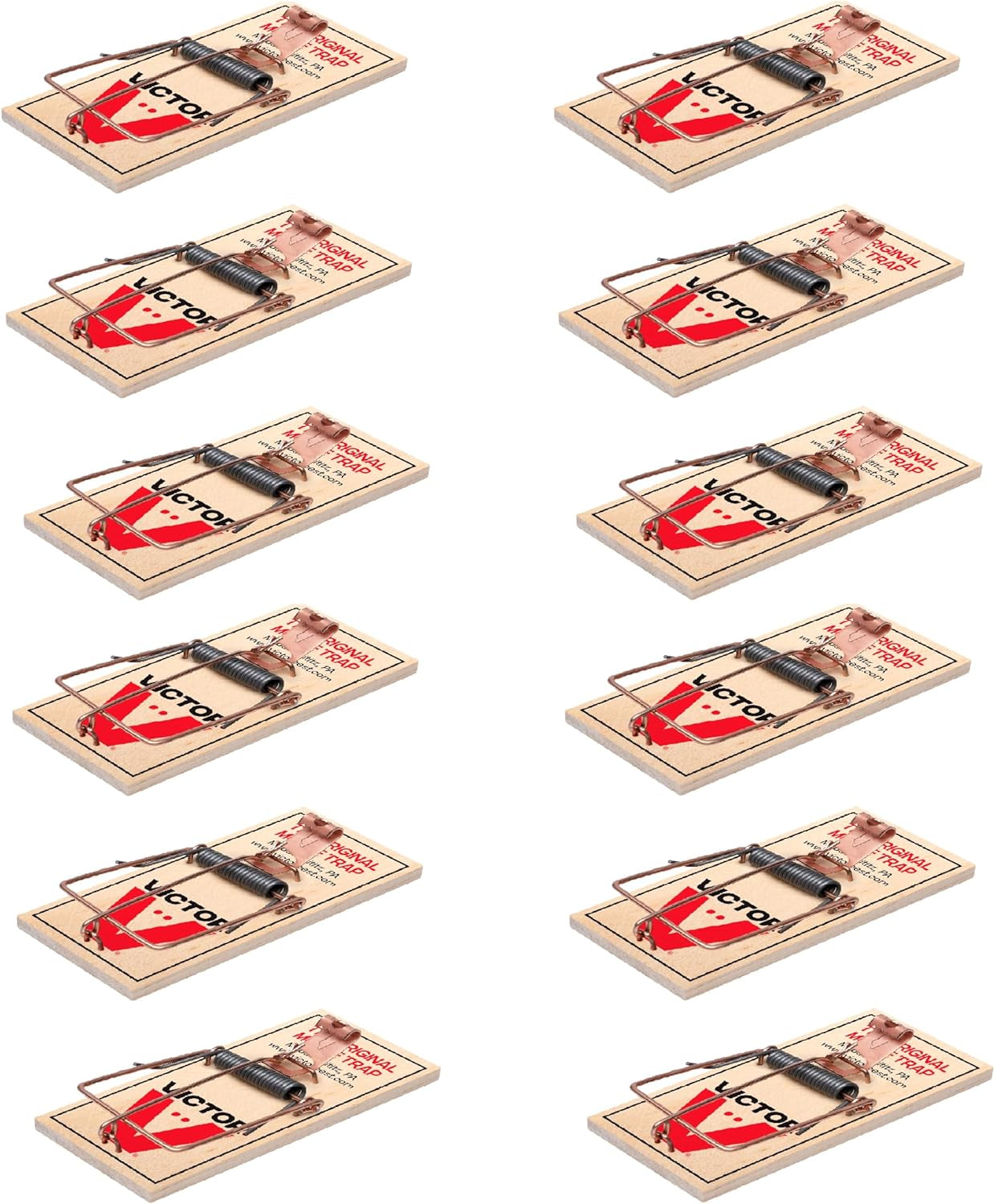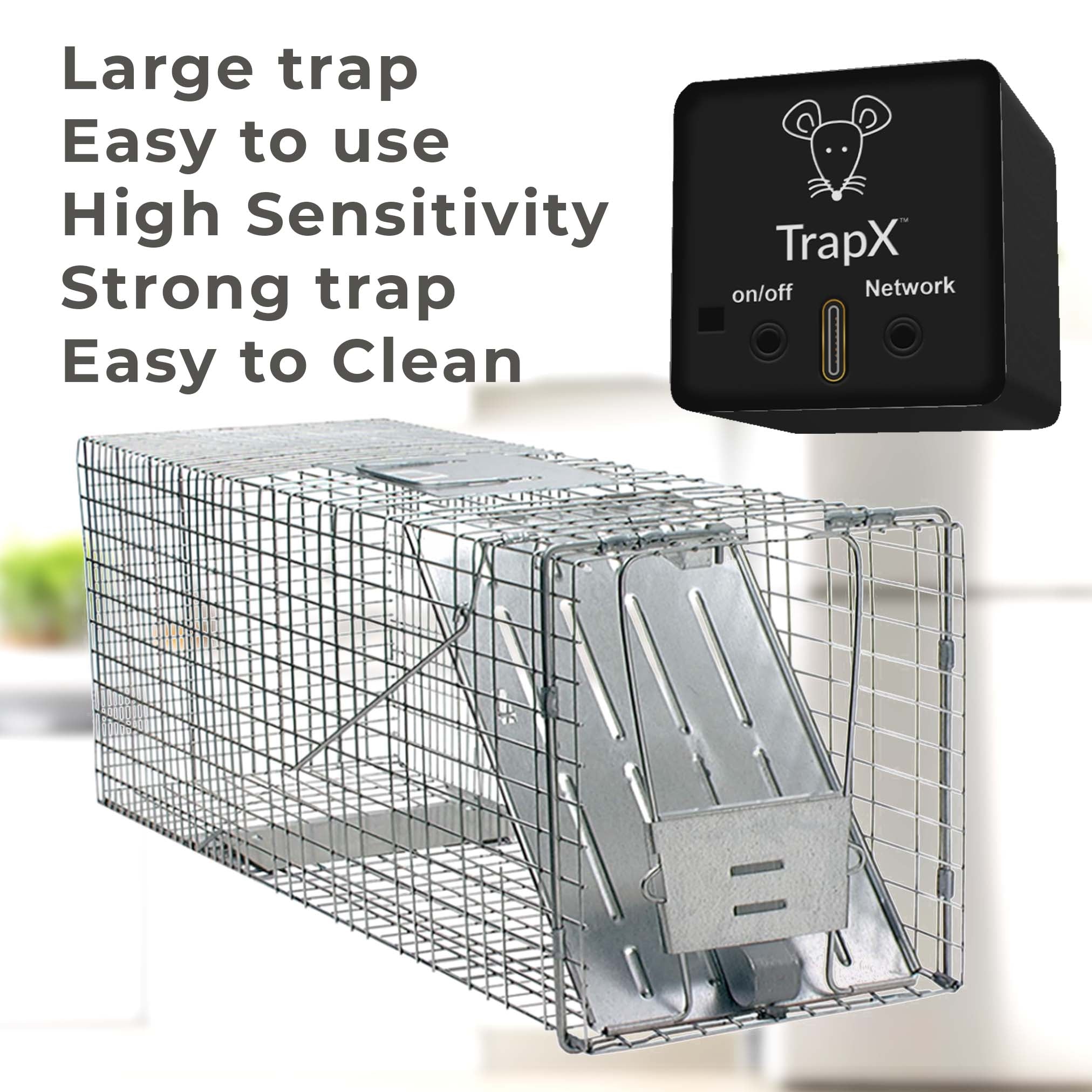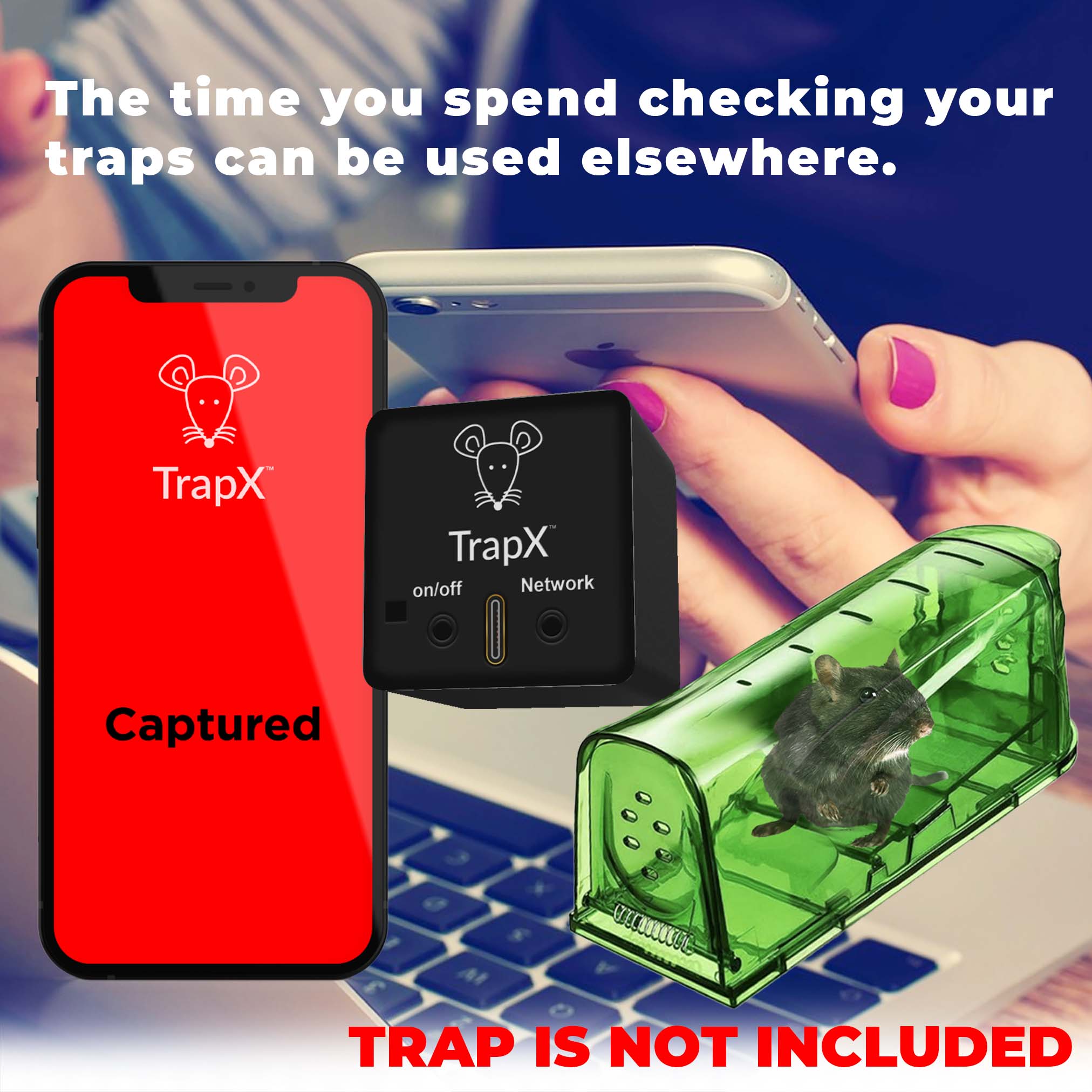Mouse Caught in Trap but Not Dead: What To Do Next
Share
Discovering a mouse caught in a trap but not dead can be quite distressing. The sight of a trapped and struggling mouse can stir feelings of guilt, disgust, or even panic. This guide will help you navigate this situation using humane and effective methods.

Stay Calm and Assess
First things first: stay calm. Panicking will only increase your stress and the mouse's suffering. Approach the trap slowly and carefully to avoid making the mouse feel threatened. Remaining composed is the key to handling this situation effectively.

Evaluating Trap Types and Their Effects
Glue Traps: Ethical Issues
Glue traps are often criticized for their inhumane outcomes. Mice caught in these traps usually face a slow and agonizing death. If you have been using glue traps, it's essential to consider more humane alternatives for the future. For more on this, see How to Remove Glue Trap.
Snap Traps
Snap traps are designed for instant kills, but they don't always work as intended. Sometimes, a mouse may be caught by a limb or tail, causing severe injury rather than death. This situation can be distressing for both you and the mouse. To learn more, visit Do Mice Die Instantly in Snap Traps?.
Live Traps
Live traps are the most humane option available. They catch the mouse without physical harm, allowing you to release it back into the wild. Ensure you release the mouse far from your home to prevent its return. For a guide on setting up humane traps, check out Humane Mouse Traps.

Immediate Steps: What To Do Next
Once you've evaluated the type of trap and the condition of the mouse, you'll need to choose the best course of action.
Releasing a Live Mouse
If the mouse is caught in a live trap, take it outside, at least 500 meters from your home, and release it near bushes or trees where it can find shelter. For a more detailed guide, see Catch a Mouse.
Caring for an Injured Mouse
If the mouse is caught in a snap trap but is still alive and injured, you have two main options: euthanasia or care.
For euthanasia, it's usually best to take the mouse to a veterinarian who can perform it humanely. If that's not possible, you may have to do it yourself, which can be emotionally challenging. Alternatively, you can try to care for the injured mouse by setting up a small cage with food and water and contacting wildlife rehabilitators for further guidance. For more information, see Best Mouse Trap.

Prevent Future Incidents
Humane Prevention Techniques
After dealing with the immediate issue, it's important to think about preventing similar incidents in the future. Effective, humane methods include:
- Sealing entry points: Inspect your home for holes or cracks. Seal them with materials like steel wool or caulk, as discussed in Mouse Detection.
- Storing food securely: Use airtight containers for all food, including pet food.
- Maintaining cleanliness: Regularly clean your home to eliminate crumbs and potential nesting sites.
- Using deterrents: Consider humane deterrents such as peppermint oil or ultrasonic repellent devices.
When Professional Help is Needed
If you're dealing with a substantial infestation or if your efforts dont solve the problem, it might be time to call in professional pest control services. Look for companies that use humane methods. For more information, visit Pest Control Types.
Finding Humane Pest Control Service Providers
Many pest control services now offer humane options for dealing with rodents. Resources like The Humane Society can help you find professionals in your area.
Conclusion
Finding a mouse caught in a trap but not dead is definitely an uneasy situation. However, by staying calm and following humane practices, you can handle the problem effectively. Always think about future prevention methods and don't hesitate to seek professional help if needed.
As an Amazon Associate, I earn from qualifying purchases.
